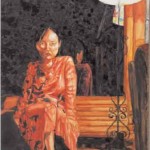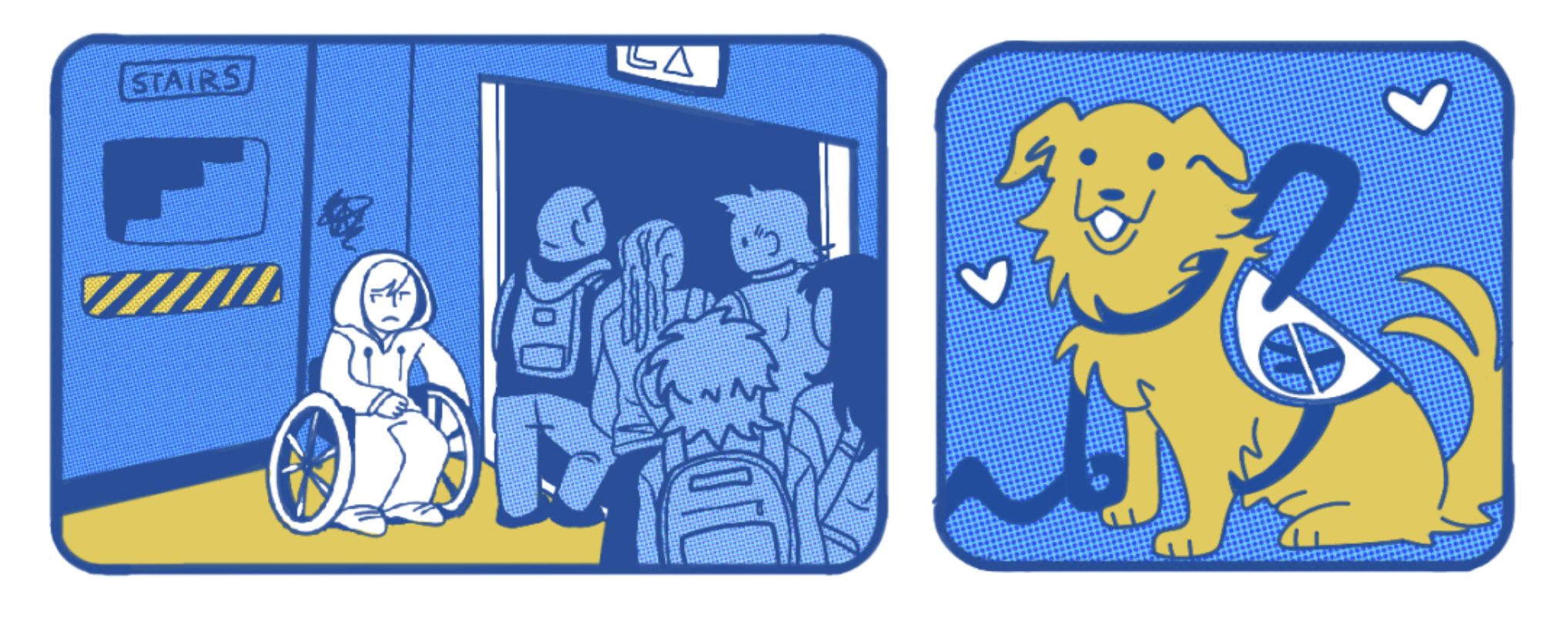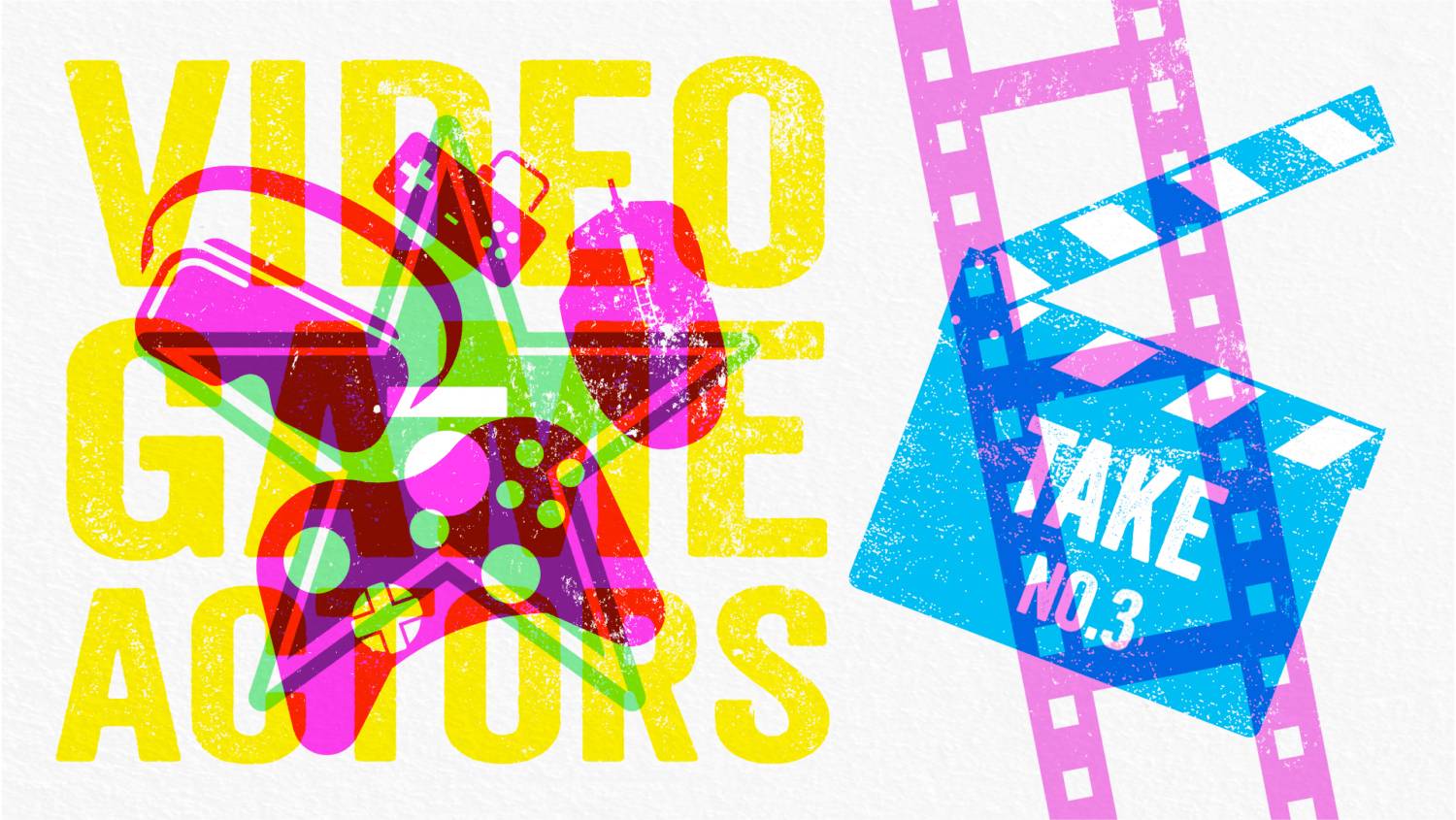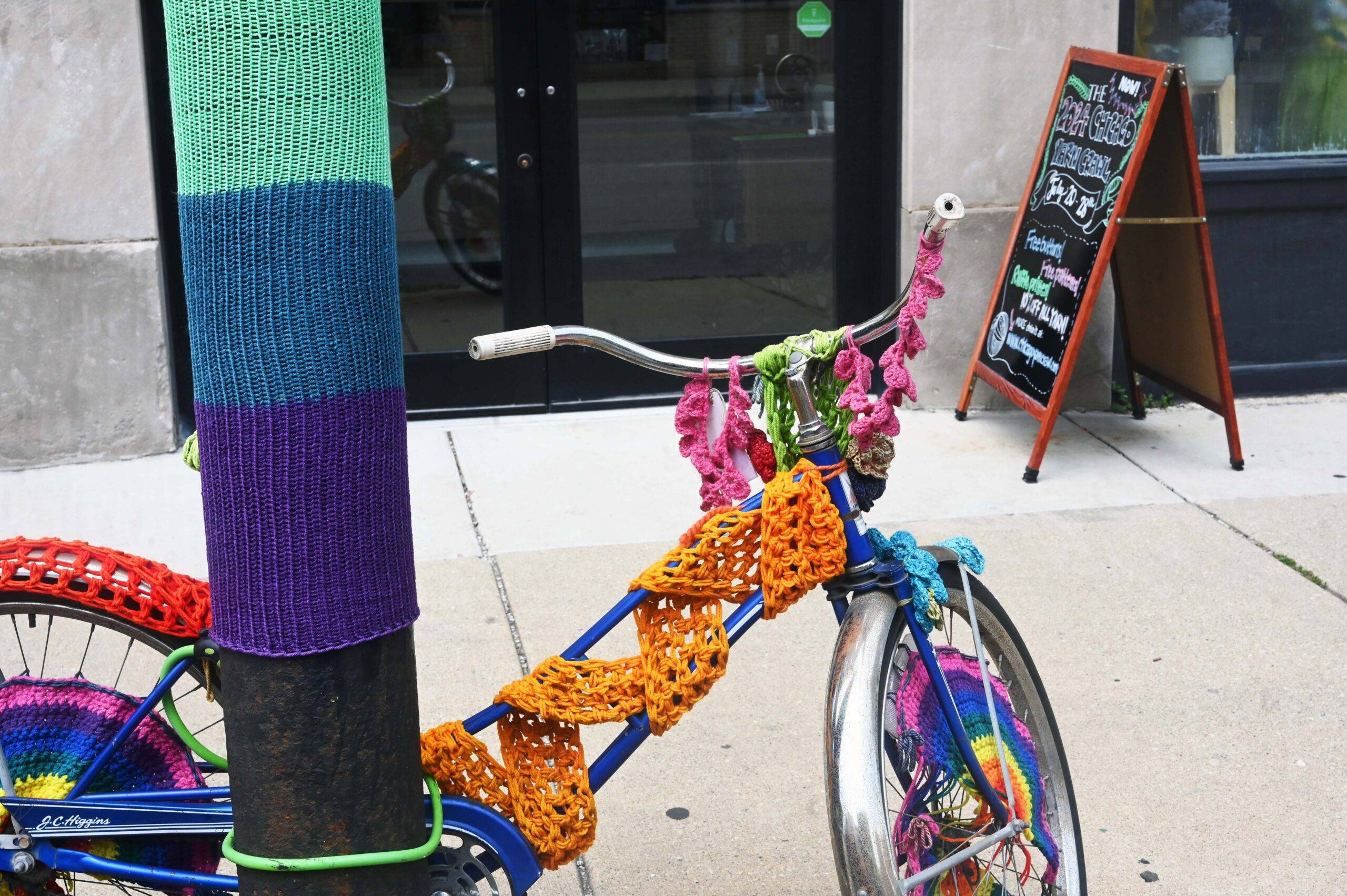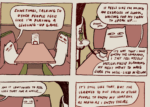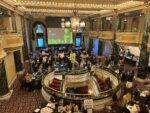
Performance’s director Alan Rickman:
“Censorship born out of fear.”
Only weeks before its April opening, the New York Theatre Workshop (NYTW) announced that it would postpone a London production of “My Name is Rachel Corrie,” a play comprised of the writings of a 23-year-old American peace activist who was crushed by an Israeli Army bulldozer while engaged in non-violent resistance in Gaza. The theater’s artistic director, James Nicola, cited concerns about the award-winning performance’s content. He indicated that the recent Hamas victory and the condition of Ariel Sharon affected NYTW’s decision to put off the production.
As quoted in the Guardian, the production’s director Alan Rickman (best known for his performance as Professor Snape in the Harry Potter films) decried the theater’s action as “censorship born out of fear.”
In an interview with the Guardian, Vanessa Redgrave, a legendary actress and human rights activist, said of the London performance, “The theater was full of young people… who hadn’t been to the Royal Court Theatre before, but had the idea that this was a play about a young girl and therefore it might have something to do with something they might care about…”
While lauding the activists in Gaza who stand “in front of a house or some children or a building to prevent the families being shot at and the houses being demolished,” Redgrave expressed dismay with NYTW’s decision. She condemned the indefinite postponement of the play as a second death for Rachel. Redgrave said the 23-year-old activist had, in effect, been “killed to be silenced.” The actress has since advised the London production to sue the New York theater.
In an interview with F News, Rachel’s mother, Cindy Corrie, said that she had really started to believe it would happen. “I anticipated criticism of it in the U.S., even in London there were objections, but they were mostly from people who hadn’t seen the play.”
Despite her disappointment, Mrs. Corrie says she has sympathy for NYTW’s Nicola. She believes that the theater’s intentions were good but she is troubled by statements released by the company. “Initially the theater stated that there had been polling of the Jewish community… but the question was, what part of the Jewish community did you poll? There are many people who have supported us from the Jewish community. We should be thinking about the larger question of self-censorship.”
“Even if it’s exactly as James Nicola says,” Mrs. Corrie said, her gentle voice growing weary, “why treat this different than any other piece of good theater?”
Rickman explained, “Whether one is sympathetic with [Rachel] or not, her voice is like a clarion in the fog and should be heard.”
Rachel was in Gaza as a volunteer with the International Solidarity Movement (ISM), an organization with the mission to “support Palestinian non-violent resistance to Israel’s military occupation.” She was shielding the home of a Palestinian doctor from demolition when she was killed. The Israeli military claims that the bulldozer was not there to raze the builiding and that the driver did not see her; officials assert that her death was an accident.
Rachel was not the only westerner killed in the Occupied Territories during the spring of 2003. On April 11, 22-year-old British photographer Tom Hurndall was shot in the head, apparently while attempting to lead Palestinian children to safety and, nearly one month later, 34-year-old British cameraman James Miller was fatally shot in the neck reportedly while covering the destruction of a house by the Israeli Army.
According to an Amnesty International report dated May 2004, “More than 3,000 homes, hundreds of public buildings and private commercial properties, and vast areas of agricultural land have been destroyed by the Israeli army and security forces in Israel and the Occupied Territories in the past three and a half years. Tens of thousands of men, women and children have been forcibly evicted from their homes and made homeless or have lost their source of livelihood… tens of thousands of other homes are under threat of demolition, their occupants living in fear of forced eviction and homelessness.”
Days after Rachel’s killing, the Guardian reported that teargas and sound grenades were fired by an Israeli tank in the attempt to disrupt a peaceful memorial ceremony at the site of her death. The attack on the approximately 100 mourners was unsuccessful and the memorial continued.
Media coverage of Rachel’s death diminished when hundreds of American missiles set Baghdad ablaze on March 23, 2003. Presumably, the war on Iraq would have been enough to obscure the life of the slender blonde—to silence her forever. But Rachel Corrie was not done talking. Rachel left behind hundreds of pages of diary entries and e-mails. When her writings were compiled, the remarkable profile of a short yet purposeful life emerged.
Rachel’s parents felt compelled to spread her words throughout the world, and actor Alan Rickman contacted them after he read about Rachel in the Guardian. He was interested in bringing her writings and life to the stage. Journalist Katherine Viner joined Rickman in editing the writings.
The idea, explained Rickman in a statement to the Guardian, was not to “paint Rachel as a golden saint or sentimentalize her… but we needed to face the fact that she’d been demonized. We wanted to present a balanced portrait. We hoped to find out what made Rachel Corrie different from the stereotype of today’s consumerist, depoliticized youth.”
Viner poured over the diaries from Rachel’s days as a schoolgirl as well as the words she wrote in college. Viner found fascinating the many elements of unnerving foresight, such as an excerpt in which Rachel seemingly portends her own death. Viner read the gripping emails that Rachel sent home from Gaza.
Ultimately Viner and Rickman gained an understanding of this rather quirky, brilliant, multi-dimensional young woman. Rachel was capable as a young child of grasping things beyond her years (at 10 she’d made a heartfelt public plea for the end of world hunger). While attending Evergreen State College in Washington, Rachel’s political inclinations really began to surface. In addition to being a vocal activist, Viner assessed Rachel as a “messy, skinny, Dali-loving, list-making chain smoker, with a passion for the music of Pat Benatar.”
The performance that resulted, “My Name is Rachel Corrie,” reflected Rachel’s creativity even in its design and staging. Megan Dodds, who performed as Rachel in the London production, moves through a set littered by a disorderly jumble of possessions. Rachel, as portrayed by Dodds, hides nothing from us.
The reasons for the “indefinite postponement” of “My Name is Rachel Corrie” are not as transparent. While looking for clues to the cancellation one encounters Corrie’s critics. Rachel’s critics are a vocal presence on Internet sites in full support of Israel’s occupation of the West Bank and, possibly, these voices contributed to the cancellation of the American leg of the production. It seems Rachel is a troublesome reminder of the victims of the Israeli Occupation. The criticism ranges from descriptions of her as a “ridiculous and pitiable ‘tool’ that was used by the Palestinians,” and, on some sites, devolves into sadistic statements of outright glee regarding her death.
On one popular blog, Rachel is referred to as “St. Pancake.” Such harangues often employ epithets such as ‘”anti-Semite.’’ During an interview with F News, ISM volunteer Paul Larudee noted that being labeled “anti-Semitic” in response to activism for the rights of Palestinians is ironic. “Jews more than most other elements are concerned about the issue of Palestinian human rights. There is a disproportionately high numbers of Jews who defend the rights of Palestinians.”
In fact internationally recognized Israeli organizations such as B’Tselem and the Nobel prize-nominated Israeli Committee Against Home Demolitions are exemplary of the Israeli advocacy for Palestinian human rights. Since her daughter’s death, Mrs. Corrie and her husband, Craig, have gathered with many dedicated peace workers of both Palestinian, Israeli, and international origin. She is hopeful that these points of contact will do much to educate Americans as to the plight of the Palestinians. Since Rachel’s death, the Corries have traveled twice to the Occupied Territories where they saw, among other things, how the newly erected wall encroaches on Palestinian land, further isolating them.
The Corries have continued their quest for clarity by petitioning the government for a U.S.-led investigation into Rachel’s killing. According to the Corries, the U.S. State Department is on record as saying that the report of the Israeli military does not suggest an investigation that was “thorough, credible and transparent.”
The Corries have also initiated a lawsuit against the Israel Defense Force and the government of Israel. Rachel’s parents express a desire for answers regarding what happened to their daughter on March 16. They question the variations in the reports of eyewitnesses and soldiers.
“Unfortunately,” according to the Corries and as reported in the Guardian, “the Israeli parliament, counter to international law, has passed retroactive legislation making it impossible for most Palestinians and others to file suit against the IDF for injury that occurred in the occupied territories after September 2000.”
The Corries have also sought redress in the United States with Caterpillar Inc., the company that manufactures the D-9 bulldozer that crushed Rachel. “Under existing U.S. law, corporations can be, and are being, held responsible when they knowingly continue to provide goods and services that are used in a pattern of human-rights violations,” Rachel’s family stated.
Despite the cancellation of the production, Rachel’s voice has been extraordinarily hard to silence.
It seems likely that combined interest in her words and growing pressure from the art communities of the world, will afford “My Name is Rachel Corrie” another theater. “Theatre humanizes; all art humanizes. It takes us away from the merely logical and rational. In the Israel-Palestine conflict there is often a very logical calculus of death and war—and you must step out of the constructs of that logic in order to construct a logic for peace,” said the Corries in a statement to the Guardian. Mrs. Corrie, speaking to F News, recalled how Rachel wrote and drew and was always creating with clay, paint and pencils. “She just had this rich inner self. She was always looking for art responses that reflected her feelings about things going on in the world.”
On the Rachel Corrie Memorial website is a picture of Rachel dressed in a dove costume that she created for the Olympia, Washington, Procession of the Species, an event that Mrs. Corrie describes as an annual community event that honors all of life. “People gather in a large space and create lots of animals and insects and trees out of papier-mâché and fabric and cardboard. The rules are, no motors, no live animals, and no words. Afterwards, there are Samba bands and drummers playing while all these costumed creatures move through the streets.”
According to her mother, Rachel decided that that there should be a peace message as a component of the procession. Despite some resistance on the basis that her idea was too political, Rachel crafted a plan to have a flock of doves as part of the pageant. That year there were 40 doves.
Mrs. Corrie’s voice slowed, became even softer, as she described how the doves multiplied. “Craig and I were doves the year she was killed, and the following year, in honor of Rachel, there were 100 doves. All our little pieces become this wonderful remarkable whole. What I learned from my daughter is that we need to DO something. She would have no idea the impact that her death has had, but more important has been the impact that her life has had. We don’t know the impact of our actions or what difference we might make. It’s all so important.”
Quotes from Corrie’s diaries, and incident:
“Had a dream about falling, falling to my death off something dusty and smooth and crumbling like the cliffs in Utah, but I kept holding on, and when each foothold or handle of rock broke I reached out as I fell and grabbed a new one. I didn’t have time to think about anything— just react as if I was playing an adrenaline-filled video game. And I heard, ‘I can’t die, I can’t die,’ again and again in my head.”
Rachel Corrie, diary entry, 1999.
“I still really want to dance around to Pat Benatar and have boyfriends and make comics for my coworkers. But I also want this to stop. Disbelief and horror is what I feel. Disappointment. I am disappointed that this is the base reality of our world and that we, in fact, participate in it. This is not at all what I asked for when I came into this world. This is not at all what the people here asked for when they came into this world. This is not the world you and Dad wanted me to come into when you decided to have me. This is not what I meant when I looked at Capital Lake and said: ‘This is the wide world and I’m coming to it.’ I did not mean that I was coming into a world where I could live a comfortable life and possibly, with no effort at all, exist in complete unawareness of my participation in genocide…”
Rachel Corrie, e-mail, February 27, 2003.
“[T]he bulldozer approached Rachel from a distance of 10 to 15 meters away. Rachel was clearly visible and was still wearing her orange fluorescent jacket. As the bulldozer advanced Rachel signaled to the bulldozer driver by waving her arms. She was standing in a wide open area. There were no rocks, walls, trees or obstructions of any kind. The house of Dr. Samir was approximately five to 10 meters behind her… the tank was positioned approximately 20 to 25 meters away. I believe that from its position it had a clear view of what was happening…
“She was still easily visible to the driver as he approached from a distance of two to three meters…the bulldozer came extremely close to Rachel…it began to push the dirt from underneath her feet and around her ankles. She stood up and struggled to stay on top of the dirt. She climbed upwards to a point where again she was visible to the driver. Rachel was unable to maintain her position on the pile of dirt and she was pushed backwards. She fell on her side and attempted to pull herself away.
“The bulldozer continued to advance and her legs became buried. I then witnessed the blade of the bulldozer passing over her legs. I screamed and heard the others screaming as well. The bulldozer continued with the blade down, driving over her entire body from feet to head. The bulldozer continued even further until Rachel was directly underneath the center of the bulldozer. The bulldozer paused for a moment. It then reversed and drove back over her with its blade still down… the driver continued to advance… there was no place where Rachel could possibly have been except for underneath the bulldozer. For this reason I believe that this was clearly an intentional action by the bulldozer driver.
“This incident occurred within plain sight of the tank, the other bulldozer driver, the seven international members of ISM [International Solidarity Movement], and Dr. Samir Masri who owned the home… I ran to Rachel’s side and saw that she was severely injured. She spoke only the words, ‘I broke my back’… She was taken to hospital and died within 15 minutes of arriving there.” Excerpted affidavit filed with the Palestinian Center for Human Rights by U.S. citizen Gregory Schnabel.

